Height: 8 to 12 inch as per Production.
Pot size:- Grown in 4 inches plastic Pot.
Dispatch Details:- Plants will be shipped with 4-inch pots.
Repotting:- Repot the received plant in 6 to 8-inch pot with good soil media.
Soil Media:- 40% Potting Soil + 25% cocopit + 25% Organic manure/Vermicompost + 5% charcoal chips + 5% perlite.
Watering:- Only after Soil dries completely.
Placement:- Indoor in medium to low light with Good natural Air Circulation/Ventilation.
Sunlight: No direct Sunlight
Aglaonema Harlequin, also called as Harlequin Chinese Evergreen, is a cultivar in the genus Aglaonema. It is another very popular evergreen from the Aglaonema variety.
It is an evergreen perennial herb which reaching 24.8 cm tall by 45.7 cm spread with clumping, upright and outwardly plant habit. The leaves are 17.4 cm long by 10.2 cm wide, ovate, acute, entire margin, deep green mottled with yellow and veined with pink. The petioles are strong and lightly flexible, pink in color, 10.7 cm long.
Harlequin Chinese Evergreen blooms usually in summer from the inflorescence that bears unisexual flowers in a spadix, with a short zone of female flowers near the base and a wider zone of male flowers nearer the tip. The fruit is a fleshy berry that ripens red. The fruit is a thin layer covering one large seed.
AGLAONEMA HARLEQUIN CARE AND CULTURE
Cultural information should only be used as a guide, and should be to be adapted to suit you. Your physical location; where you grow your plants, how much time you have to devote to their care, and many other factors, will need to be taken into account. Only then can you decide on the cultural methods that best suit you and your plants.
Light:
Aglaonema Harlequin are shade-tolerant and prefers indirect bright light. It can adapt to low light, but the growth will slow considerably. Direct morning sunlight is fine for this plant, but avoid direct afternoon sunlight. Typically 75% to 90% shade is best, 1250 to 2500 foot candles is required for growing. If the light levels are too bright the leaves will tend to grow vertically.
Temperature:
Harlequin Chinese Evergreen are tropical plants and not tolerant of cold temperatures or very low humidities The optimum temperature for growth is 20-25 ? C. Limited growth will occur at 18 ?C soil temperature, but any lower temperature will result in poor or no growth. Additionally, tissue damage as a result of chilling can occur whenever air temperatures drop below 13 ?C. It is desirable to avoid sudden changes in temperature.
Humidity:
Aglaonema Harlequin requires high humidity. In dry air, the leaves are deformed, poorly unfolded, their tops and edges dry out. Therefore, the plant needs to be sprayed regularly. To increase the humidity, you can group the plants or put the plant on a pallet with wet pebbles, peat or expanded clay. At the same time the bottom of the pot should not touch the water. In the autumn-winter period, if the air temperature is low, then spraying should be carried out carefully.
Substrate and growing media:
Harlequin Chinese Evergreen need a well-permeable substrate for moisture and air for successful growth. The substrate should be fairly light, it consists of 3 parts leaf, 0.5 parts of humus, 1 part peat, 1 part sand and 0.5 part charcoal (3: 0.5: 1: 1: 0.5), or sheet ground, peat and sand (2: 1: 1) with crushed charcoal. Good drainage is required. PH in the media should range from 6.0 to 6.5. It grows well in hydroponics.
Transplant in spring; young plant every year or as far as the roots are covered with earthy coma. Adults plant is transplanted once every 3-5 years.
Watering:
Aglaonema Harlequin do not like soggy feet. During the growing season (spring-summer), water the plant abundantly, as the top layer of the substrate dries. In the autumn-winter period, they are watered regularly, after a day or two, after the top layer of the substrate dries out. Over drying, as well as waterlogging (especially in winter), are dangerous for the plant.
Fertilizer:
Harlequin Chinese Evergreen is fertilized every two weeks with alternating mineral and organic fertilizers of usual concentration during the growing season (from March to August). In the fall you can slow this down to once every couple months, but in the winter you should avoid fertilizing.
Flower:
The flowers serve no benefit, to the plant or to look at. The plant blooms pretty heavy even if they are insignificant and all the energy that goes into the blooming pulls nutrients or energy from the plant. The net result is new leaves that are smaller and sometimes distorted. To prevent this potential problem, cut off or pinch the flowers as they emerge. Just make sure that you remove the flower and not the leaf.
Pests and diseases:
The most common insect or pest is foliar and root mealybugs. Mealybugs are those white, cottony masses that usually like to gather where the leaf and stem join. You will also find them on the undersides of leaves and on the roots. Infested plants become stunted, and with severe infestations, plant parts begin to die. Scales, aphids, and mites cause few problems with this plant.
Most of the disease problems that the plant suffer are during the propagation stages and before cuttings have rooted. The most serious of all is the Erwinia bacteria. The symptoms of Erwinia are a wet, slimy rot of leaves or stems, visually you?ll notice watery leaf spots and the centers of these spots will collapse or disintegrate. The best methods for controlling Erwinia are good culture, and starting with clean healthy cuttings.
Another disease that affects the plant is Fusarium stem rot. Fusarium shows itself normally as a soft, mushy rot at the base of a cutting or rooted plant and it very often finds its origins in stock plants. The rotten area frequently has a purplish to reddish margin. If stem rot or cutting rot is a problem, remove infected plants from stock areas as soon as they are detected.
Propagation:
Propagate the plant in spring or summer, separating and planting processes with several leaves and roots. It can also be propagated by aerial layouts and divisions during transplantation.
Aglaonema Harlequin can be propagated either when the stalk naturally branches (especially the modest one is prone to this), or when the rosette stage of growth ends and a noticeable branch appears. It can be cut as an apical stalk, and can be further cut into parts of 8-10 cm in length. It is better if leaves remain on cuttings. Using cuttings, their slices are powdered with charcoal, dried for 24 hours, and the tips are buried 4-6 cm in wet sand with peat, and the temperature is kept within 21-25 ? C, the roots are formed in a month. When using mini-greenhouses with bottom heating rooting occurs in 2-3 weeks. If you do not have a greenhouse with heating, the cutting of aglaonema should be carried out in the warm season. Rooted cuttings are planted in a substrate suitable for growing adult plants.


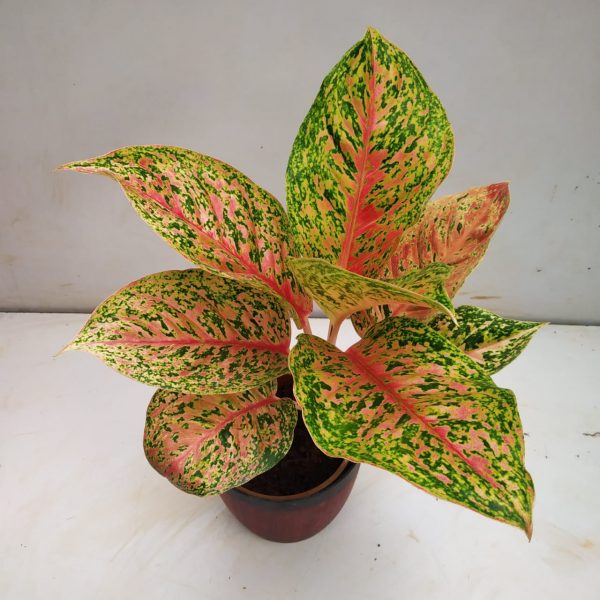
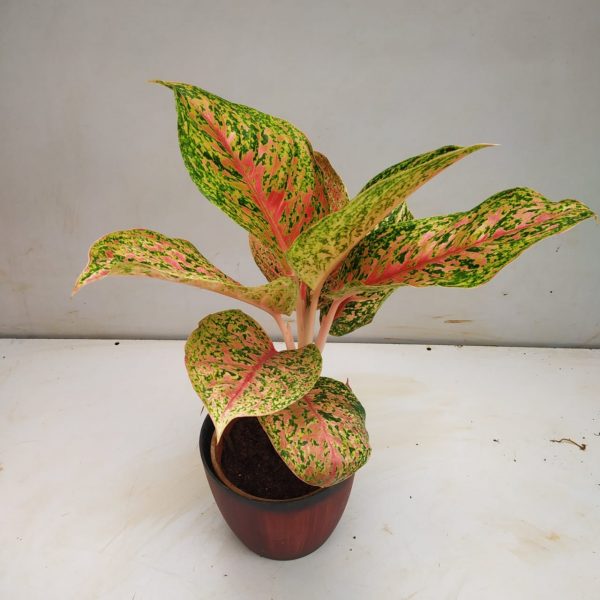
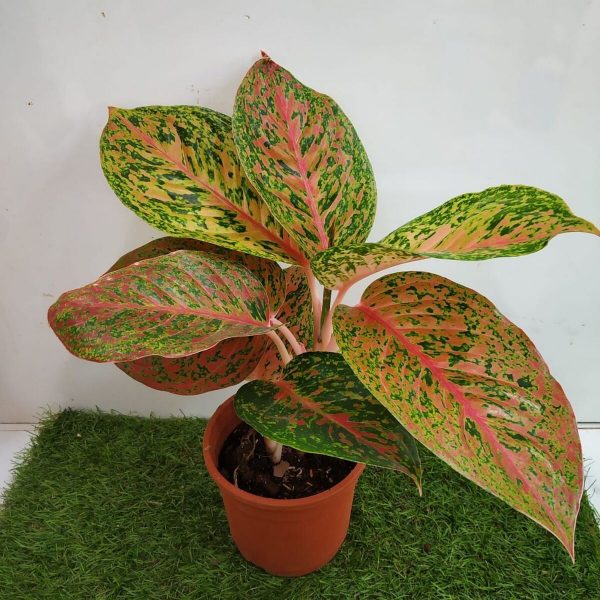
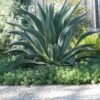
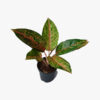




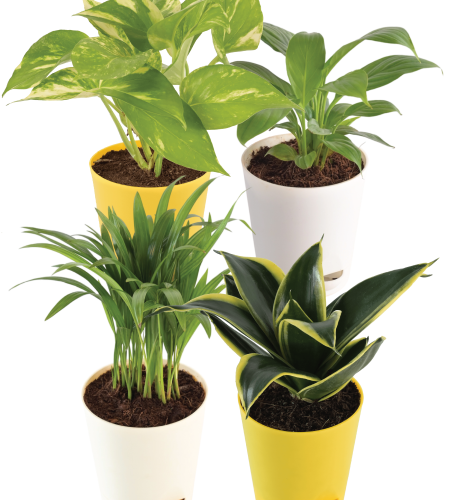
Reviews
There are no reviews yet.